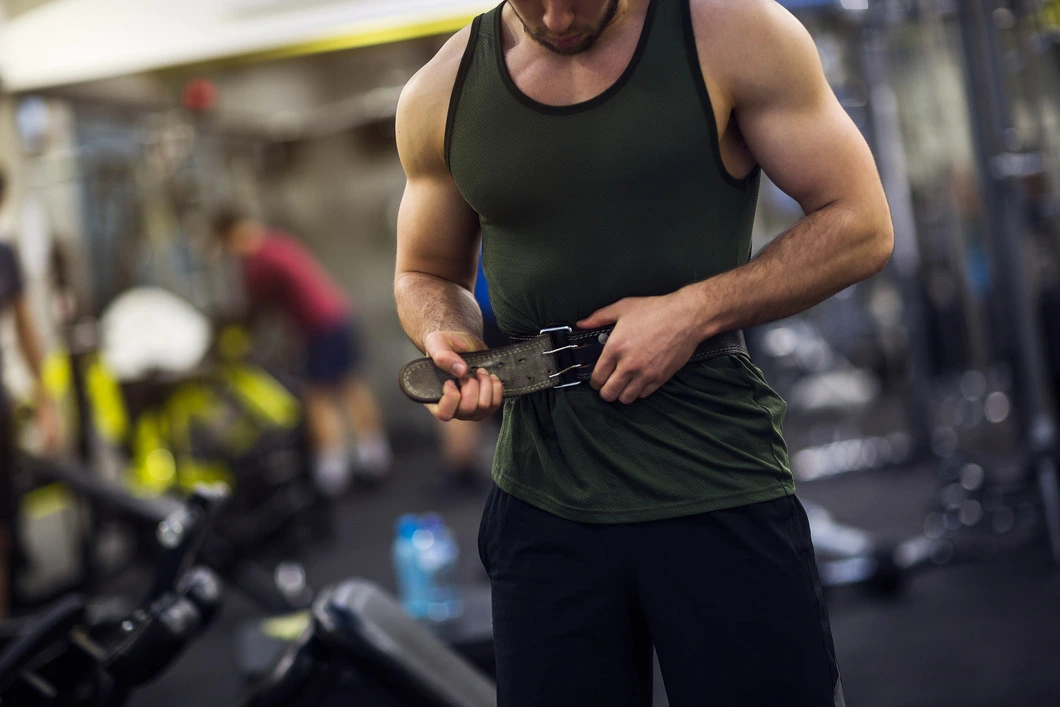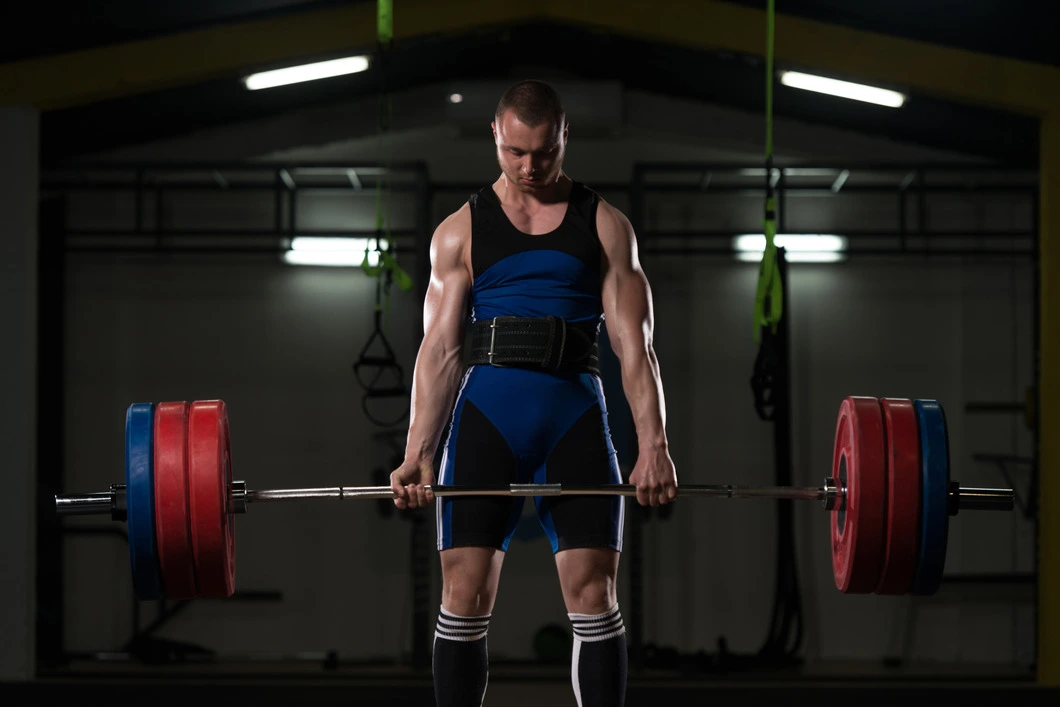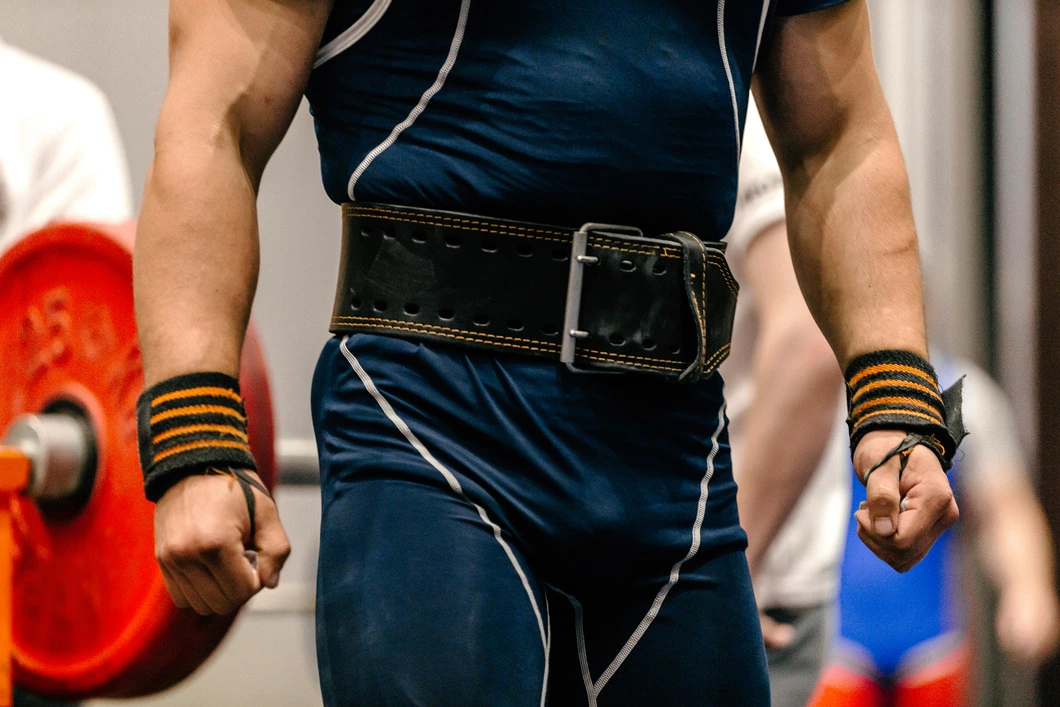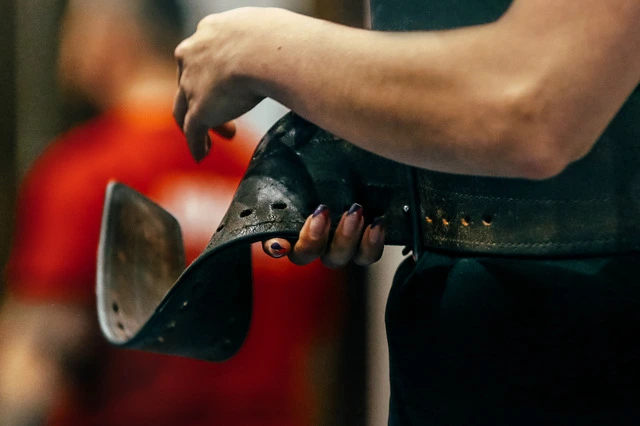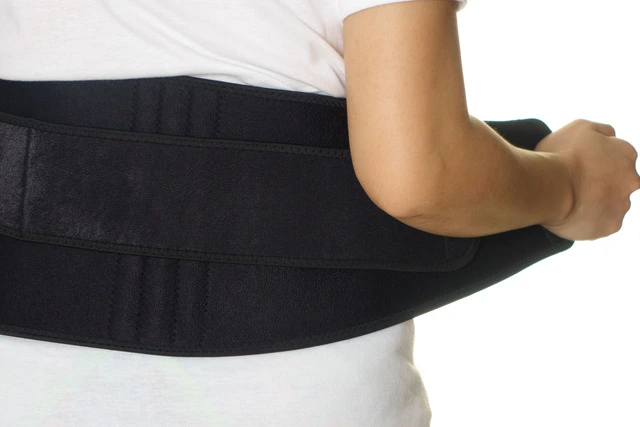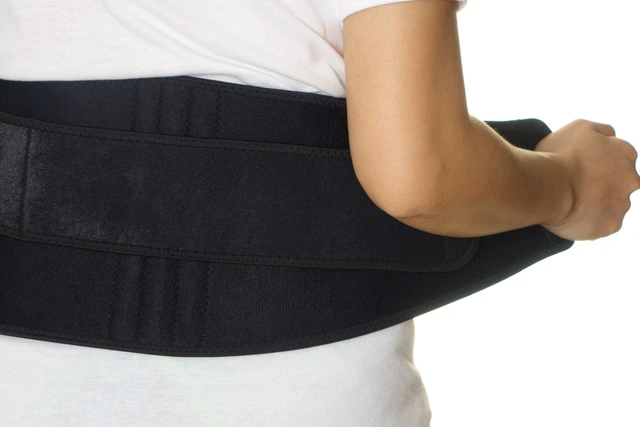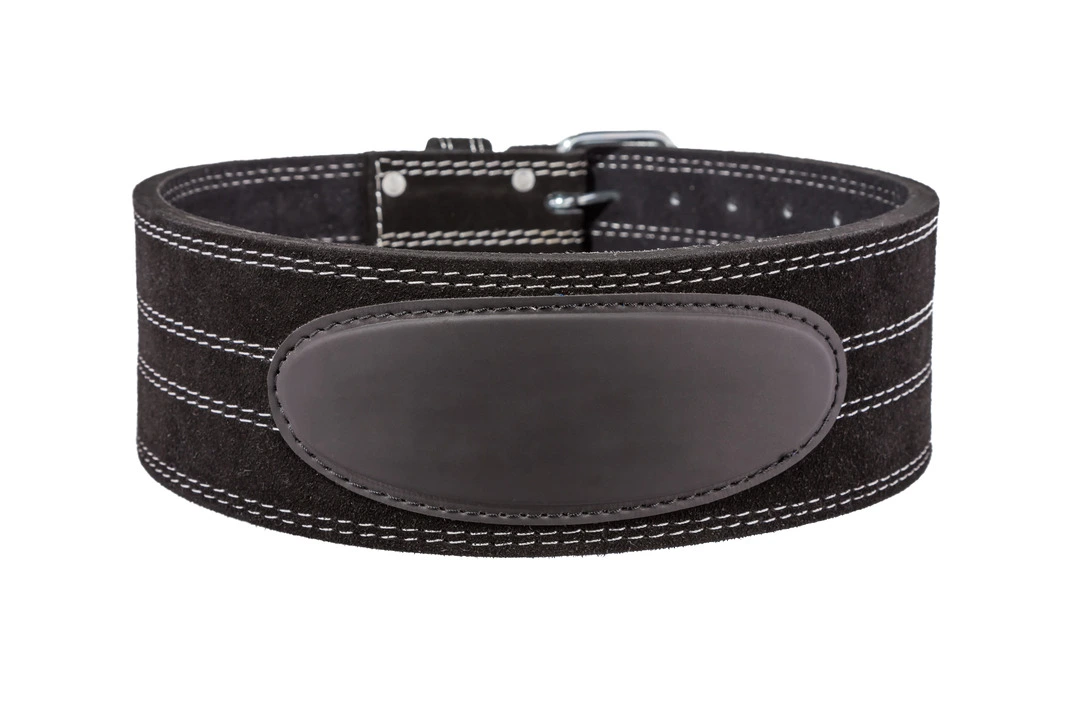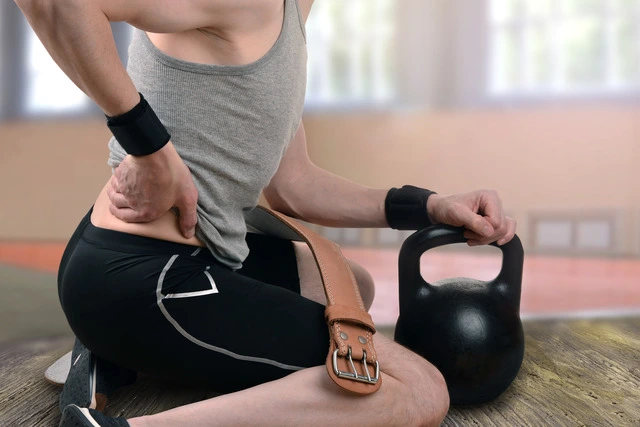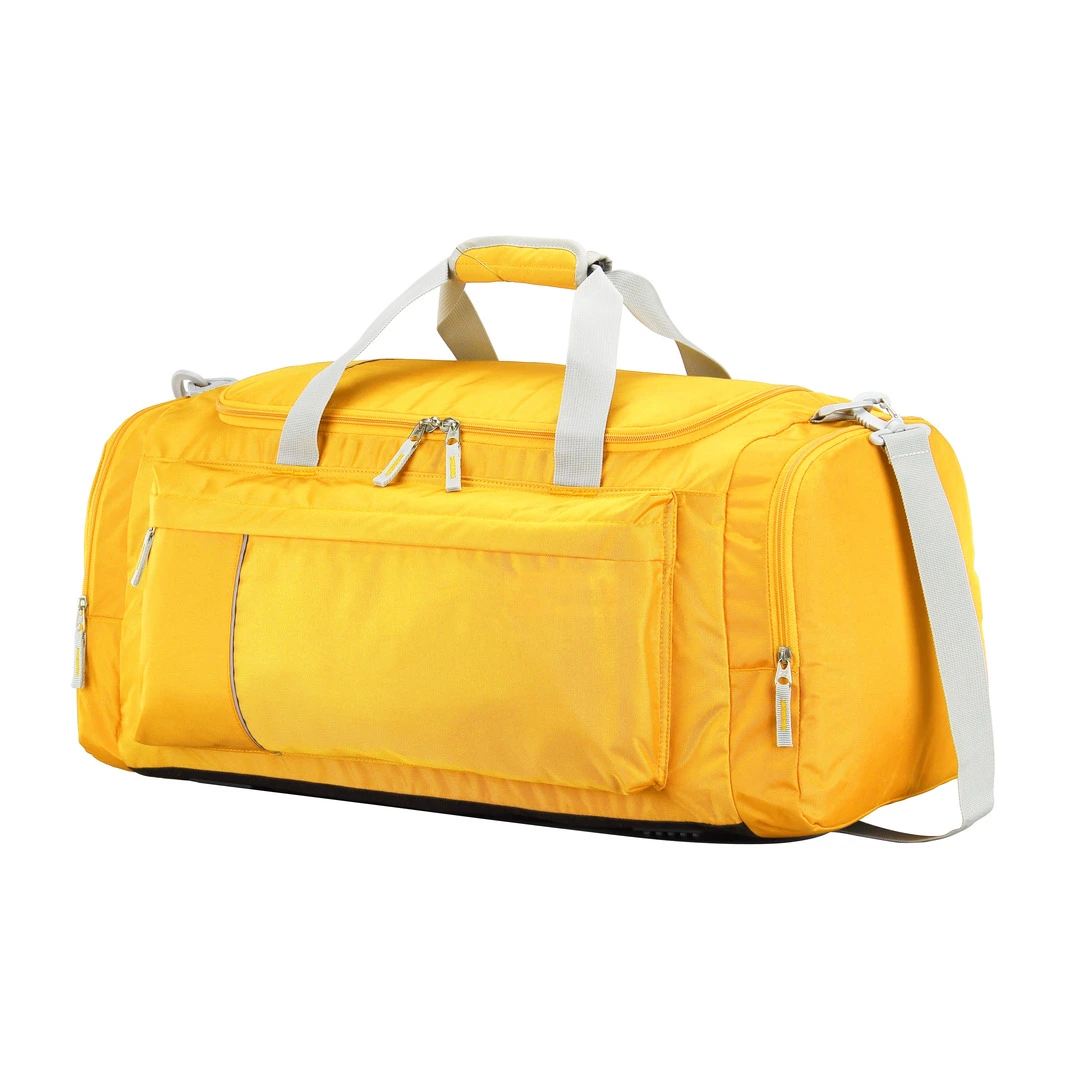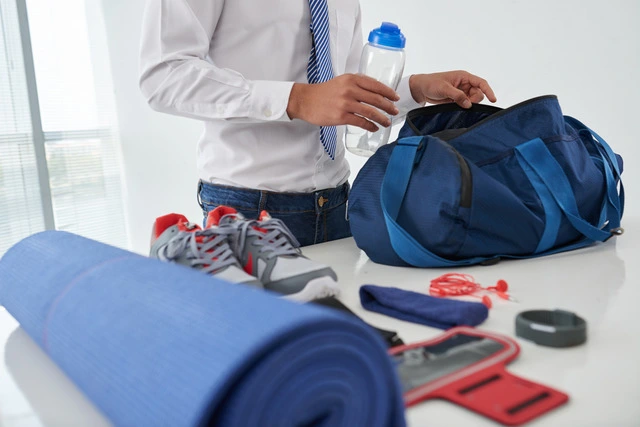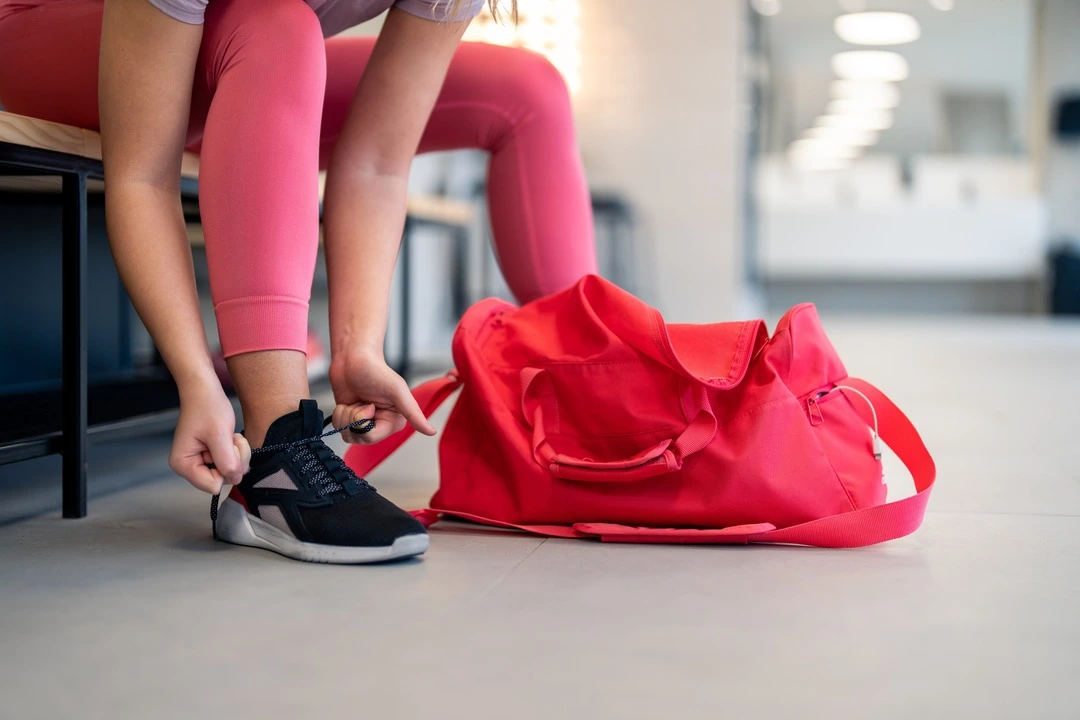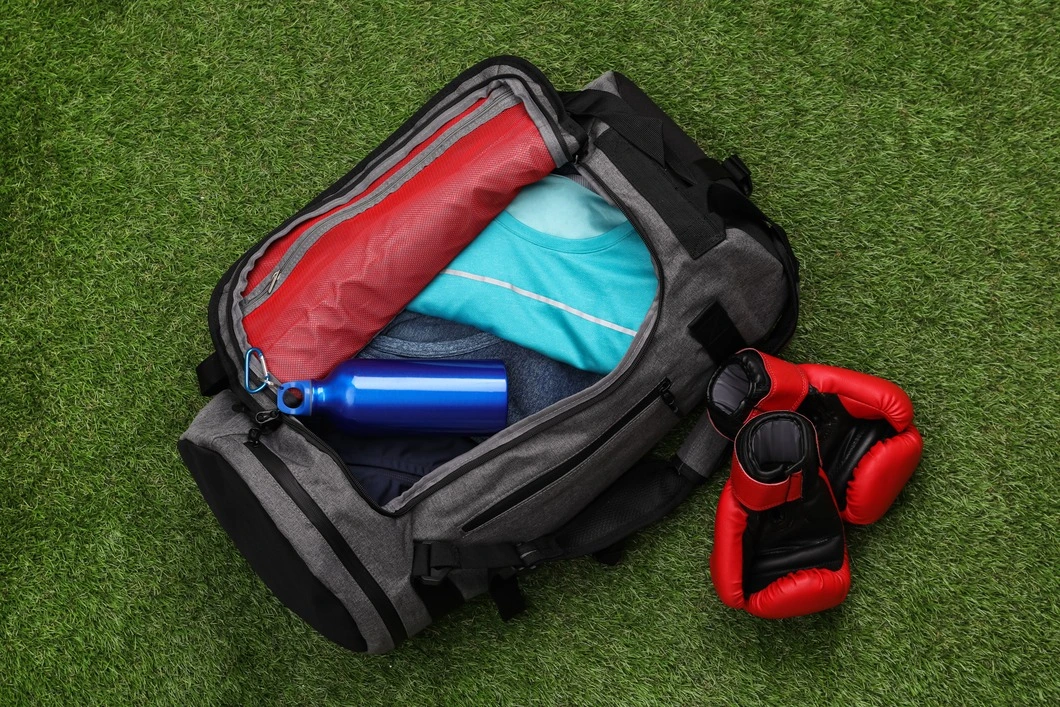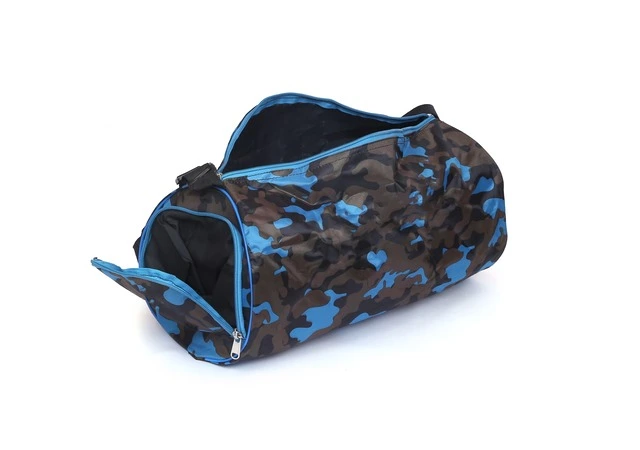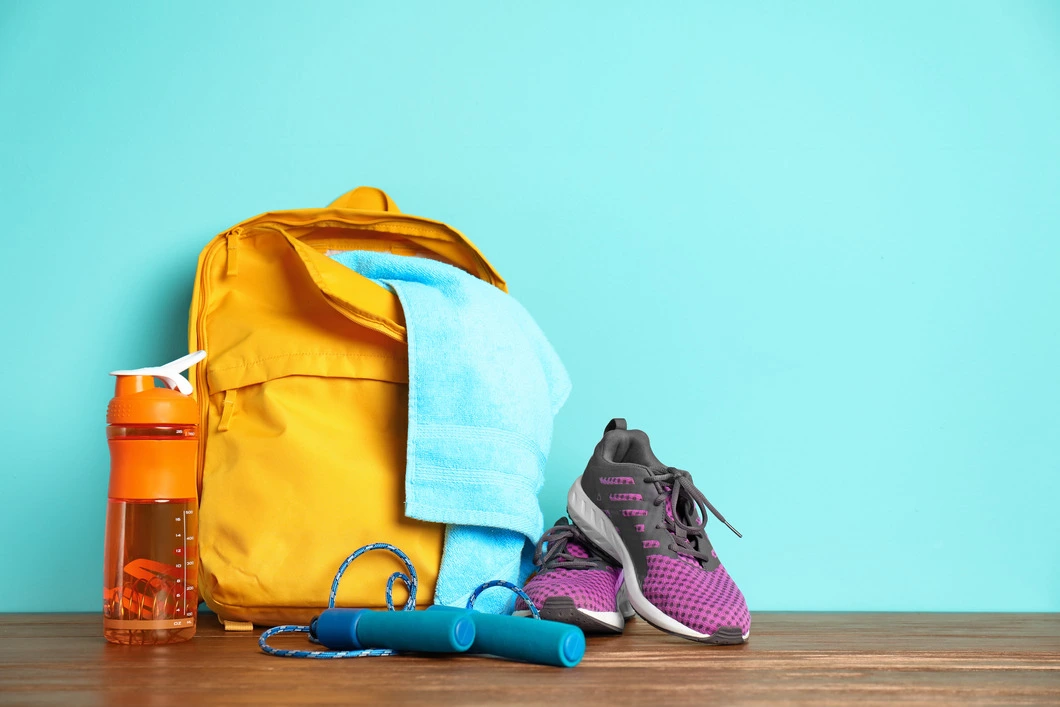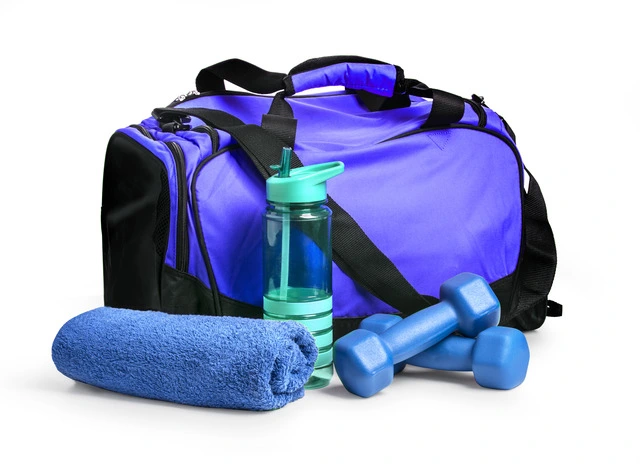What Are Some Common Mistakes to Avoid When Using a Weight Lifting Belt?
In the journey of strength and fitness, a weight lifting belt can be a valuable gym accessory for sports enthusiasts in Bangladesh that provides support and stability during heavy lifts. However, like any tool, it’s crucial to use a weight lifting belt for beginners in the right manner to maximize its benefits and avoid potential accidents.
Common mistakes can hinder performance and even lead to chronic or severe injuries. One frequent error is wearing the belt too tight, restricting proper breathing and core engagement. Additionally, relying on the belt excessively can weaken the core muscles over time.
Unwillingly committing these mistakes may result from misinformation or a desire for quick results. It’s essential to focus on the proper form and gradually involve the weight lifting belt in your workout routine to ensure a safe and effective weight lifting experience.
Common Mistakes to Avoid When Using a Weight-Lifting Belt
You need to be aware of avoiding some common mistakes to enjoy the proper benefits of a weight lifting belt. Let’s get introduced to them.
Wearing the Belt Too Tight or Too Loose
Wearing a weightlifting belt during weight lifting exercises either too tight or too loose can have potential effects on your lifting performance and overall well-being. If the belt is excessively tight, it restricts your ability to take deep breaths and engage your core effectively. As a result, it restricts the flow of oxygen and hinders your performance.
On the contrary, if the belt is too loose, it fails to provide the necessary support, making it ineffective in stabilizing your spine during heavy lifts. The consequence of wearing the belt improperly can lead to compromised stability, increased risk of injury, and decreased lifting capacity.
Moreover, tight weight lifting belts may cause a rise in blood pressure due to restricted breathing, while loose belts provide a false sense of security, increasing vulnerability to spinal misalignment. Striking the right balance by adjusting the belt to a perfect fit ensures optimal support, enabling you to lift heavier weights safely and with improved core engagement.
Using the Belt for Every Exercise
While weight lifting belts for beginners in Bangladesh can be a game-changer for heavy compound exercises, its use across all exercises is a common mistake. The belt’s primary purpose is to provide additional support for the lower back and core during heavy lifts, not to serve as a constant companion for every movement.
Overusing the belt can hinder the development of intrinsic stabilizing muscles and may lead to a reliance on external support, weakening your natural ability to stabilize your body. Neglecting to allow your body to work without the belt during lighter exercises could result in muscular imbalances.
Besides, these imbalances, coupled with an overdependence on the belt, may lead to increased vulnerability to injuries, especially when performing exercises without the support it provides. Reserve the belt for heavy, compound movements to optimize its benefits and ensure a balanced and sustainable approach to strength training.
Neglecting Proper Technique and Form
One of the most critical mistakes when involving this weight lifting equipment in your workout routine is relying on it to pay for poor technique and form. The belt is not a magic fix for improper mechanics; it is a supplement to enhance your stability during correct movements.
Neglecting proper form while wearing a belt can lead to a false sense of security, potentially resulting in serious injuries. Improper technique combined with belt usage also can place undue stress on the spine, leading to herniated discs, strains, and other back-related issues.
You should focus on learning the correct mechanics of each exercise to ensure a solid foundation before using the belt. This approach not only maximizes the belt’s benefits but also minimizes the risk of injury associated with poor form.
Fully Dependency on the Belt
Over-dependency on a weightlifting belt is another common mistake that can compromise the overall effectiveness of your training journey. While the belt provides valuable support during heavy lifts, using it as a crutch for every exercise may lead to weakened core muscles over time.
The core plays a significant role in stabilizing the spine and maintaining proper posture. Fully depending on the belt can resist the natural development of these essential muscles. When the core muscles are neglected due to excessive dependency on the belt, it can result in muscular imbalances.
Most importantly, weakness in the core may increase the risk of injuries not only during weightlifting but also in daily activities. Gradually incorporating the belt into your routine is always recommended. Primarily, starting with heavy compound movements allows for continued core strength development while enjoying the support provided by the belt during maximal lifts.
Incorrect Sizing and Fit
weight lifting belt purposes to show its fullest potential while a correct size measurement is maintained. Selecting the wrong size and fit for your weightlifting belt can have severe consequences for both your comfort and safety during workouts.
A belt that is too tight may cause discomfort, restrict movement, and hinder proper breathing. It may lead to decreased performance and potential health issues. Conversely, a belt that is too loose fails to provide the desired support for your lower back and core, decreasing its effectiveness in preventing injuries during heavy lifts.
Improperly sized belts can lead to discomfort, disrupting your focus during workouts. Moreover, they compromise the primary function of the belt, which is to stabilize the spine and enhance core engagement. Taking the time to measure your waist accurately and selecting a belt that fits accurately but comfortably is essential for optimizing the benefits of the belt and ensuring a safe and effective lifting experience.
Ignoring Signs of Discomfort or Pain
Disregarding signs of discomfort or pain while using a weightlifting belt can have serious consequences for your long-term well-being. Pain is your body’s way of signaling that something is wrong. Ignoring these signals may lead to chronic injuries. If you experience discomfort while wearing the belt, it’s crucial to address the issue promptly.
Continuous discomfort or pain can indicate problems with the belt’s fit, your lifting technique, or an underlying issue that needs attention. Ignoring these signs increases the risk of injuries such as muscle strains, ligament sprains, and even spinal issues.
Regularly assess the fit of your belt, fine-tune your lifting technique, and consult with a fitness professional or healthcare provider in Bangladesh if discomfort exists. Prioritizing your body’s signals ensures a safer and more sustainable weightlifting journey.
Conclusion
Since to err is human, Bangladeshi weight lifters are not also beyond mistakes. We all know the benefits of weight lifting belts are unavoidable for optimal performance. However, to extract its full benefits, avoiding common mistakes is a must.
Ensuring the belt’s proper fit, avoiding over-dependency, and maintaining correct technique are basic elements for a safe lifting experience. Whether you’re a newbie or an expert weight lifter, avoiding these mistakes safeguards against potential injuries, allowing individuals to focus on a journey of strength and fitness with confidence and longevity.
FAQs
Can I wear a weightlifting belt for every exercise?
No, it’s best to reserve the weightlifting belt for heavy compound exercises like squats and deadlifts. Overusing it can hinder natural muscle development and lead to imbalances.
How tight should I wear my weightlifting belt?
Wear the belt perfectly but not too tight. Excessive tightness restricts breathing and core engagement, impacting performance and increasing injury risk. Find a comfortable yet secure fit.
Can I ignore discomfort while using a weightlifting belt?
No, discomfort signals potential issues. Regularly assess the fit, refine your technique, and address discomfort promptly to avoid injuries and ensure a safer lifting experience.

